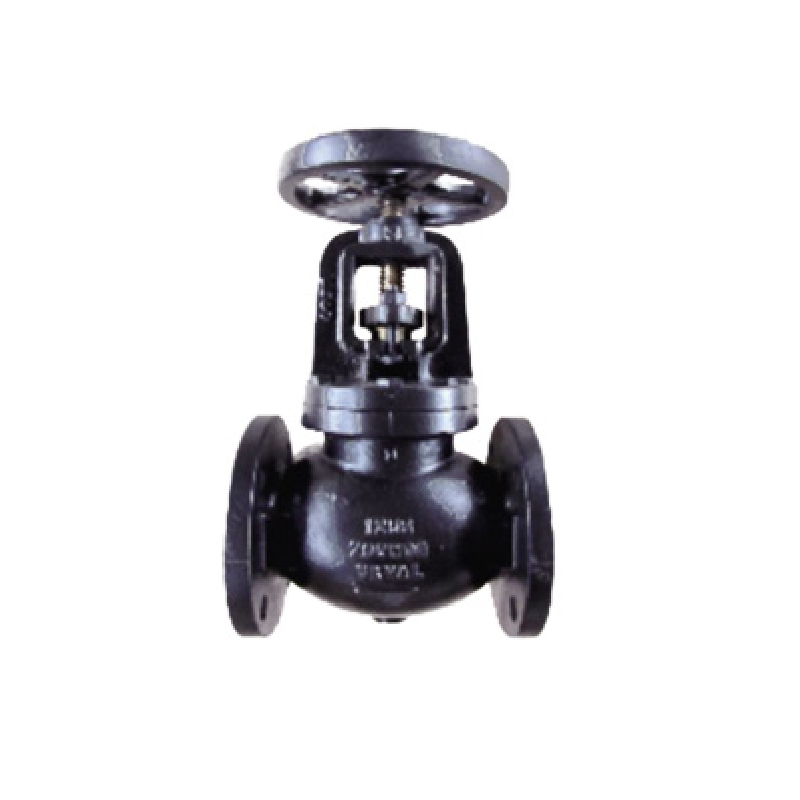ديسمبر . 29, 2024 12:55 Back to list
Foot Valve Selection Guide for Efficient Water Pumping Systems
Understanding Foot Valves for Water Pumps
When it comes to water pumping systems, especially in rural and agricultural settings, the choice of equipment can greatly influence efficiency and reliability. Among the crucial components involved in these systems is the foot valve. Understanding the role and benefits of a foot valve can help users optimize their water pumping solutions.
What is a Foot Valve?
A foot valve is a type of check valve that is installed at the bottom of a water intake pipe. Its primary function is to prevent the backflow of water when the pump is turned off. By retaining water in the pipe, the foot valve allows for immediate pumping when the system is activated again, preventing the need for the pump to re-prime itself. This is particularly important in deep well applications where the pumps are submerged.
How Does a Foot Valve Work?
Foot valves are essentially designed to allow water to flow in one direction. When the pump is running, water is drawn through the valve, allowing it to fill the piping system and reach the surface. As the pump turns off, the valve closes automatically, sealing off the water column and preventing air from entering the system. This action keeps the pump primed and ready for the next operation.
The mechanism of a foot valve typically includes a spring-loaded or weight-driven disc that closes to form a watertight seal once the pressure from the pump is reduced. The robust design of foot valves ensures that they can withstand various water conditions, including debris and sediment, which can be common in agricultural water sources.
Benefits of Using a Foot Valve
foot valve for water pump

1. Efficiency in Water Pumping The primary advantage of using a foot valve is improved efficiency in water systems. By preventing backflow, these valves save time and energy, allowing pumps to work optimally without requiring extra priming.
2. Prevention of Damage Water pumps can be susceptible to damage if they run dry. A foot valve addresses this risk by maintaining the water level in the pipeline, thus prolonging the lifespan of the pump.
3. Cost-Effectiveness Although foot valves come with an initial cost, the savings in maintenance and energy consumption over time makes them a cost-effective solution for water pumping systems.
4. Versatility Foot valves are suitable for various applications, including agricultural irrigation, residential water systems, and industrial water moving systems. Their adaptability to different pump sizes and types makes them valuable tools in any water management strategy.
Installation and Maintenance
Installing a foot valve requires careful attention to the piping system's specifications and the type of pump used. It is vital to select a valve that matches both the size and pressure capacity needed for the specific application. Regular maintenance checks are also essential to ensure that the foot valve remains in good working order. Debris buildup can impede its functionality, leading to issues with the pumping system.
Conclusion
In conclusion, foot valves play a critical role in enhancing the effectiveness of water pumps. Their ability to prevent backflow, improve efficiency, and protect pumps from damage makes them a necessary investment for anyone relying on water pumping systems. By understanding their function and benefits, users can make informed decisions that will ultimately enhance the reliability and productivity of their water management solutions. Whether for irrigation, home use, or industrial applications, knowing how to properly utilize a foot valve can lead to significant advancements in water pumping efficiency.
Share
-
Reliable Wafer Type Butterfly Valves for Every IndustryNewsJul.25,2025
-
Reliable Flow Control Begins with the Right Ball Check ValveNewsJul.25,2025
-
Precision Flow Control Starts with Quality ValvesNewsJul.25,2025
-
Industrial Flow Control ReliabilityNewsJul.25,2025
-
Engineered for Efficiency Gate Valves That Power Industrial PerformanceNewsJul.25,2025
-
Empowering Infrastructure Through Quality ManufacturingNewsJul.25,2025